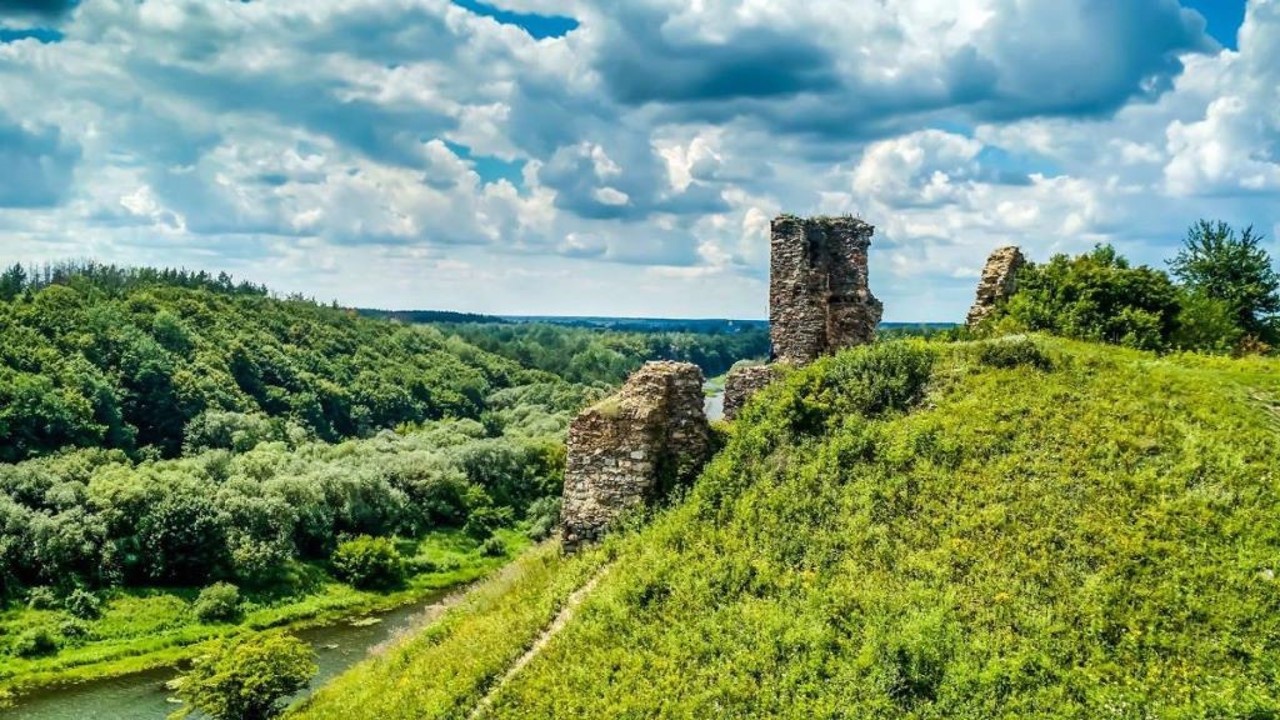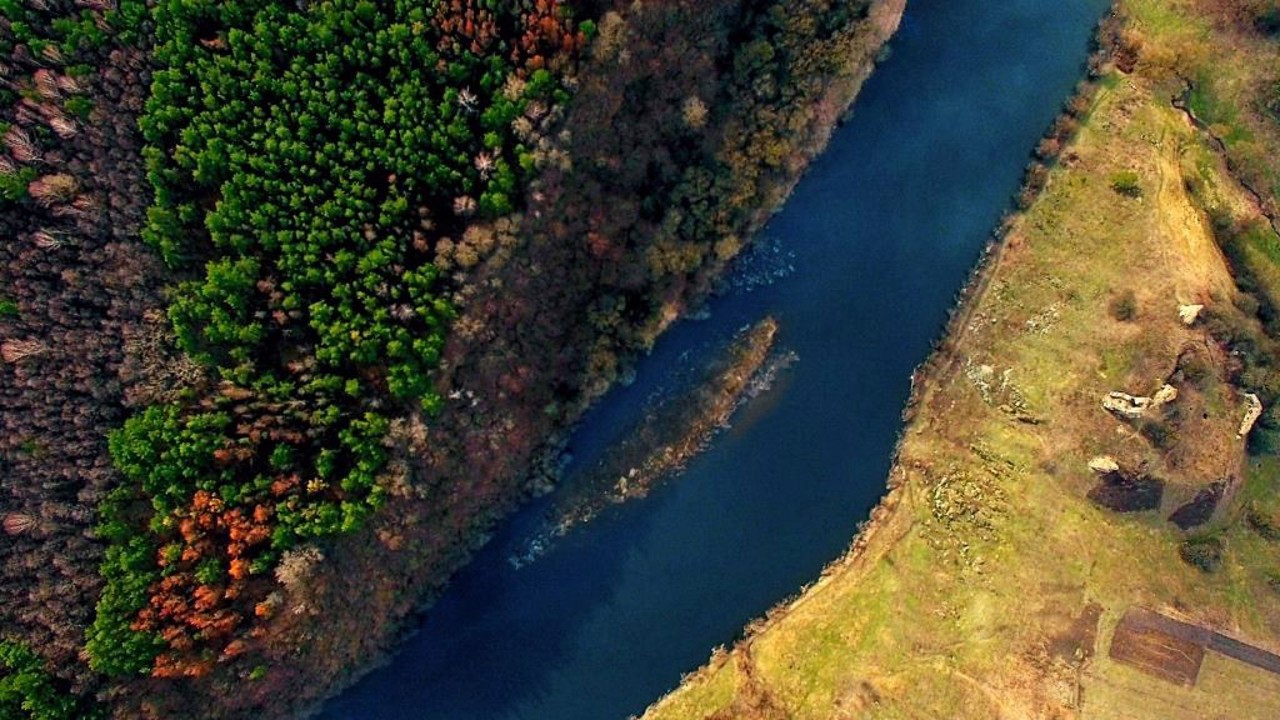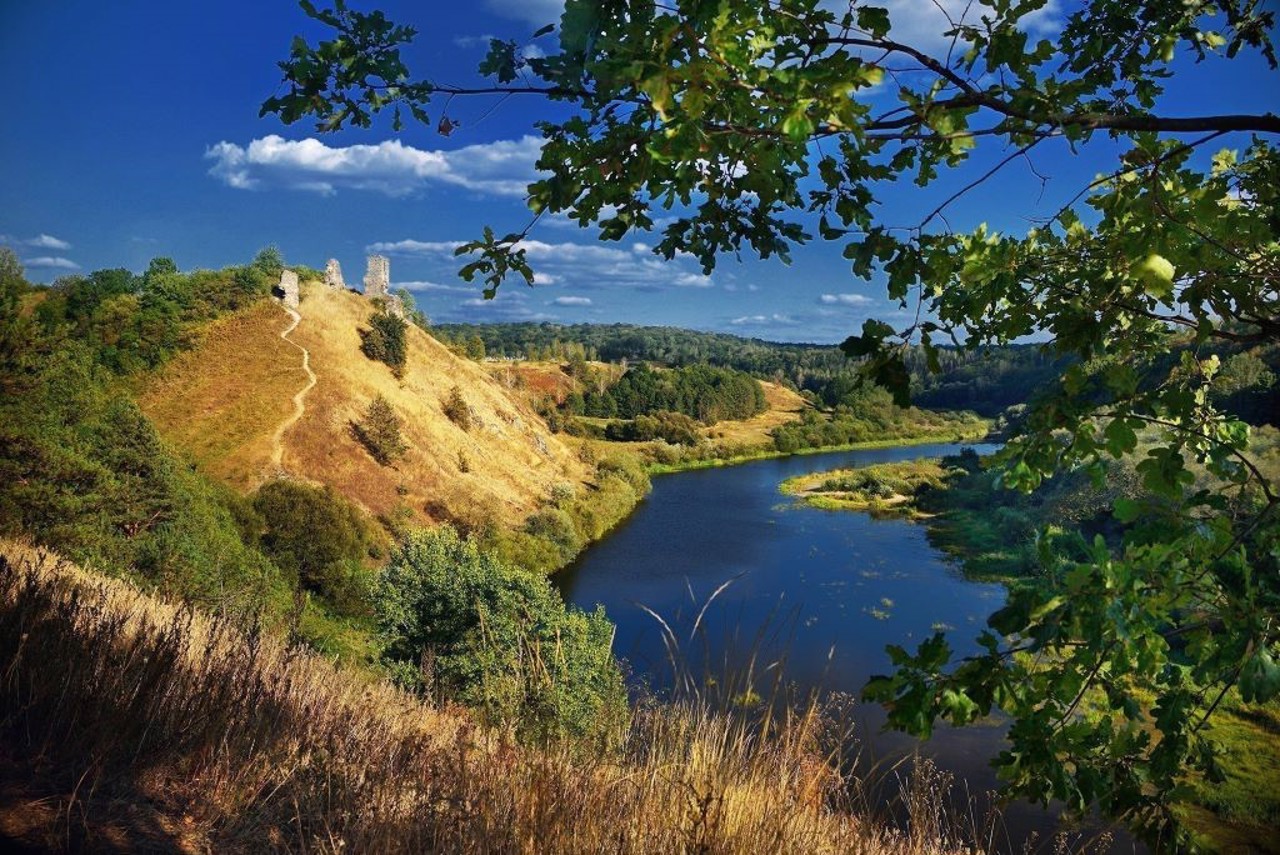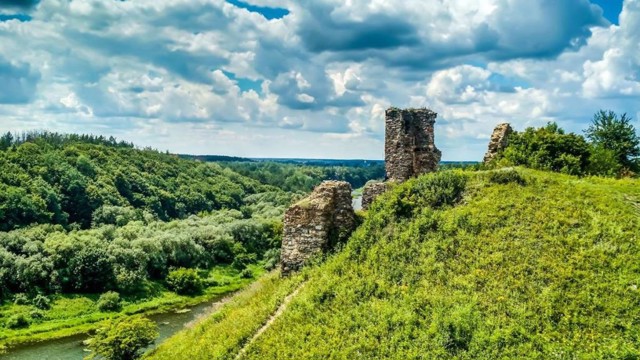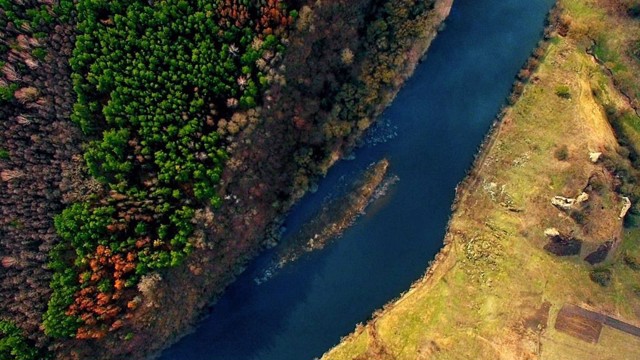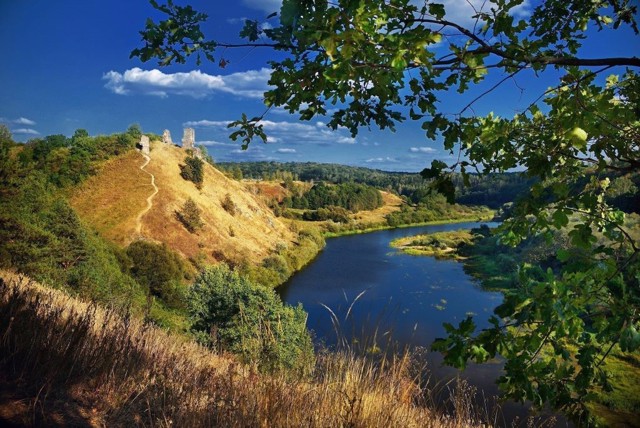Functional temporarily unavailable
General information about Hubkiv
The ancient village of Hubkiv above the Sluch River is located in a picturesque area, known as "Nadsluchanska Switzerland".
The history of the settlement began in the 15th century with a stone castle built on a high rock above the river, whose romantic ruins still adorn the landscape. In the 16th century, the castle was destroyed twice by the Tatars, but the owners rebuilt it anew. Only in 1708, when Swedish troops during the Northern War completely destroyed the village, the surviving inhabitants were forced to move down the river, and the castle was never rebuilt.
Later, the village was revived, but without further development. Now it is the center of the Nadsluchan regional landscape park "Falcon Mountains".
The wooden church of Saint Paraskeva w ...
The ancient village of Hubkiv above the Sluch River is located in a picturesque area, known as "Nadsluchanska Switzerland".
The history of the settlement began in the 15th century with a stone castle built on a high rock above the river, whose romantic ruins still adorn the landscape. In the 16th century, the castle was destroyed twice by the Tatars, but the owners rebuilt it anew. Only in 1708, when Swedish troops during the Northern War completely destroyed the village, the surviving inhabitants were forced to move down the river, and the castle was never rebuilt.
Later, the village was revived, but without further development. Now it is the center of the Nadsluchan regional landscape park "Falcon Mountains".
The wooden church of Saint Paraskeva was recently rebuilt on the site of the old church of 1708, which burned down during the Second World War.
In the nearby village of Marynyn, the wooden Transfiguration Church (1801) with a bell tower (1882) has been preserved.
Старовинне село Губків над річкою Случ розташоване в мальовничій місцевості, відоме як "Надслучанська Швейцарія".
Історія поселення почалася в XV сторіччя з побудованого на високій скелі над річкою кам'яного замку, романтичні руїни якого і зараз прикрашають пейзаж. В XVI столітті замок двічі руйнували татари, але господарі відбудовували його наново. Тільки в 1708 році, коли шведські війська під час Північної війни повністю знищили село, вцілілі жителі змушені були переселитися вниз по річці, і замок більше не відновлювався.
Пізніше село відродилося, але без подальшого розвитку. Зараз воно є центром Надслучанського регіонального ландшафтного парку "Соколині гори".
Дерев'яна церква Святої Параскеви відбудована нещодавно на місці старого храму ...
Старовинне село Губків над річкою Случ розташоване в мальовничій місцевості, відоме як "Надслучанська Швейцарія".
Історія поселення почалася в XV сторіччя з побудованого на високій скелі над річкою кам'яного замку, романтичні руїни якого і зараз прикрашають пейзаж. В XVI столітті замок двічі руйнували татари, але господарі відбудовували його наново. Тільки в 1708 році, коли шведські війська під час Північної війни повністю знищили село, вцілілі жителі змушені були переселитися вниз по річці, і замок більше не відновлювався.
Пізніше село відродилося, але без подальшого розвитку. Зараз воно є центром Надслучанського регіонального ландшафтного парку "Соколині гори".
Дерев'яна церква Святої Параскеви відбудована нещодавно на місці старого храму 1708 року, який згорів під час Другої світової війни.
В сусідньому селі Маринин збереглася дерев'яна Преображенська церква (1801 рік) з дзвіницею (1882 рік).
Сплануй своє перебування у Hubkiv
What to see and where to go in Hubkiv
Tourist attractions and museums of Hubkiv
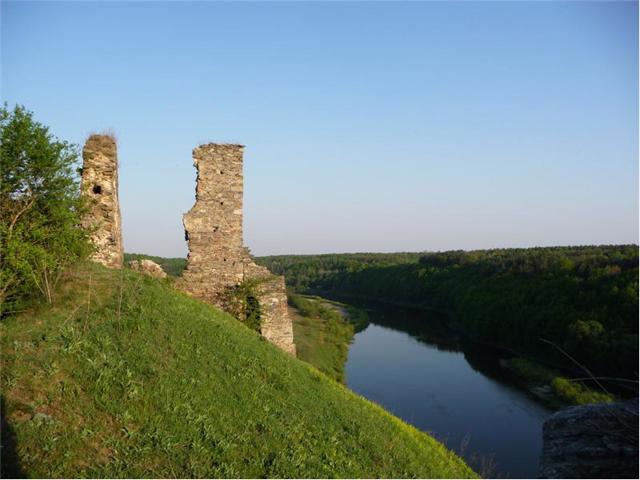
Hubkiv Castle
Castle / fortress
The romantic ruins of the Hubkiv Castle adorn the picturesque rocky shore of the Sluch River.
The castle was built in the 15th century. It was first mentioned in 1505, when it was destroyed by the Tatars. In the 16th century, the Semashko princes restored the Hubkiv castle, turning it into one of the most powerful fortifications in Volyn. The fortification system consisted of four corner towers, united by walls with loopholes, an entrance gate and a drawbridge. Residential and commercial buildings were located in the castle yard.
In 1596, during Severyn Nalyvayko's rebellion, the Hubkiv Castle was captured by the Cossacks under the command of Hryhoriy Loboda (a memorial sign was erected), but was soon restored by the Poles.
Two episodes of the Northern War, when the fortifications were destroyed first by Russian (1704) and then by Swedish troops (1708), were fatal for the stronghold. Since that time, Hubkiv Castle has not been restored.
Small sections of dilapidated walls of one tower and the former palace, the castle well, have been preserved. Access is free.
Hubkiv on photo and video
Reviews Hubkiv
Geographical information about Hubkiv
| {{itemKey}} | {{itemValue}} |
|---|---|
| Region |
Rivne |
